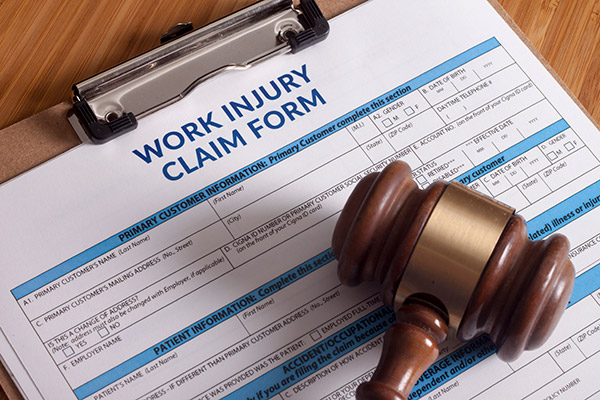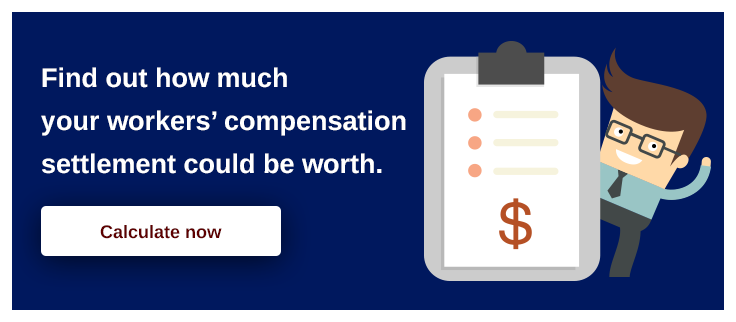Northern California Workers’ Compensation Attorney
Welcome to our ultimate guide on workers compensation. Kneisler & Schondel is a workers comp law firm located in Santa Rosa, California. The California workers’ compensation system can be overwhelming and difficult to navigate on your own. In this guide, we aim to answer all of your workers’ compensation related questions and more.
Table of Contents
- Introduction
- Right to Compensation for Workplace Injuries
- Entitlement to Disability Benefits and Workers’ Compensation Benefits
- Who is Eligible for Workers’ Compensation?
- What Is a Compensable Injury?
- When Is an Injury or Health Condition Work-Related
- Employer Fault
- Work-Related Injuries Covered by Workers’ Compensation Benefits
- Benefits Available from Workers’ Compensation
- Getting Advice from a Workers’ Compensation Attorney

Introduction
California’s workers’ compensation system allows employees in California to obtain benefits when they are injured at work. Workers’ compensation benefits are meant to be a fair and efficient way to assure that injured employees get the medical treatment they need, as well as ongoing payments to replace at least part of their wages until they have recovered from their injuries and are able to return to work.
When employers suffer from a permanent injury, workers’ compensation provides permanent disability benefits according to schedules that have been adopted by the State of California. While the schedules are mean to treat employees equally, disputes often arise about the benefit that an injured employee should receive.
Employers are required to maintain workers’ compensation insurance or to have an approved self-insurance plan. Employers refer claims for workers’ compensation benefits to a claims administrator.
Claims administrators work for employers or their insurance companies, not for employees. The job of a claims administrator is to save money for the insurance company, which might mean paying an injured employee less than the employee is entitled to receive. Claims administrators understand the complex regulations that govern workers’ compensation and therefore have an advantage when they handle the claims of unrepresented employees.
Claims administrators sometimes contest an employee’s eligibility for benefits. When an employee makes a claim for permanent disability benefits, claims administrators often contest the amount of the benefit that an employee should receive. To equalize bargaining power and assure fair treatment, injured employees in Northern California can protect their right to receive full compensation by getting help from a seasoned workers’ compensation lawyer.
At Santa Rosa’s Kneisler & Schondel, Attorney Matthew A. Schondel uses his two decades of experience to advise injured employees, to represent them in negotiations with claims administrators, and to bring their claims before a workers’ compensation judge when a claims administrator refuses to settle on reasonable terms. The workers’ compensation team at Kneisler & Schondel helps employees in Sonoma, Marin, Napa, Mendocino, and other Northern California counties navigate the bewildering rules that govern on-the-job injury claims. We fight to assure that every injured employee receives full compensation under the laws and regulations that govern work-related injuries in California.
The Right to Compensation for Workplace Injuries
Workers’ compensation claims differ from personal injury claims in significant ways. Personal injury law is based on fault. For example, when a car accident results in an injury, the injury victim must prove that the other driver was at fault as a condition of recovering compensation. That usually means proving that the other driver was negligent and that the driver’s negligence contributed to the victim’s injury.
Proving fault can be difficult and time-consuming when responsibility for an accident is unclear or disputed. When witnesses disagree about the facts, the outcome of a personal injury trial might be uncertain.
The workers’ compensation system does away with the need to prove fault. With limited exceptions, an employee is entitled to compensation for an injury that occurs at work, even if the employee’s own negligence caused or contributed to the injury.
Because fault is rarely an issue, the workers’ compensation system permits a prompt determination of claims with predictable outcomes in the majority of cases. Those determinations are made in an administrative system, not by juries.
Insurance companies nevertheless try to pay as little as possible. They might contend that the injury was not work-related. They might argue that the injury is less serious than the employee claims. A workers’ compensation lawyer can protect an injury victim’s right to receive the full compensation that the law allows.
You May be Entitled to Disability-Benefits Workers’ Compensation Benefits
All California workers, including part-time and temporary employees, are eligible for workers’ compensation benefits if they are injured at work. Workers who are not legal residents of the United States and some workers who have been classified by their employers as independent contractors can also recover workers’ compensation benefits.
Victims of work-related injuries are entitled to payment of:
- Medical expenses (including treatment, tests, medications, physical therapy, wheelchairs and other equipment, and travel costs)
- Temporary total disability (payments that replace a portion of lost wages while the employee recovers from an injury)
- Permanent partial or total disability (compensation for permanent impairments after maximum healing has been reached)
- Supplemental job displacement benefits (for employees who cannot return to their former employment)
- Death benefits.
Injury victims are also entitled to return to work after their injury heals. It is illegal to fire an employee for sustaining or reporting an injury or for making a claim for workers’ compensation benefits.
SANTA ROSA ATTORNEY MATTHEW A. SCHONDEL ANSWERS YOUR QUESTIONS ABOUT CALIFORNIA’S WORKERS’ COMPENSATION
Who Is Eligible for Workers’ Compensation?
 Nearly all employees who suffer a compensable injury or health condition are entitled to workers’ compensation benefits if they work for a California employer. They may also be entitled to California workers’ compensation if they are working in California for an out-of-state employer. Employees of out-of-state employers should consult the workers’ compensation lawyer at Kneisler & Schondel to determine if they should seek workers’ compensation benefits in California or in the employer’s home state.
Nearly all employees who suffer a compensable injury or health condition are entitled to workers’ compensation benefits if they work for a California employer. They may also be entitled to California workers’ compensation if they are working in California for an out-of-state employer. Employees of out-of-state employers should consult the workers’ compensation lawyer at Kneisler & Schondel to determine if they should seek workers’ compensation benefits in California or in the employer’s home state.
Part-time employees are eligible for workers’ compensation benefits. Employees who are not legal residents of the United States are also eligible.
Workers who are self-employed are not eligible for workers’ compensation benefits. However, some employers misclassify employees as independent contractors in order to avoid providing protections to employees that the law requires. For example, a worker who only works for one employer, who works at job sites designated by the employer, who works during hours designated by the employer, who must follow the employer’s instructions, and who is closely supervised by the employer, might be eligible for workers’ compensation even if the business pays that worker as an independent contractor.
A workers’ compensation lawyer at Kneisler & Schondel can evaluate an injured worker’s job to determine whether the worker should be classified as an employee who is entitled to workers’ compensation benefits.
What Is a Compensable Injury?
A compensable injury is a work-related injury or health condition that makes an employee eligible for benefits. Which benefits an employee will receive depends on whether the employee:
- needs medical treatment,
- misses work,
- becomes permanently disabled, or
- dies because of the injury or health condition.
Injuries can be one-time events (usually caused by on-the-job accidents) or they can develop over time. Examples of injuries and health conditions that develop over time include repetitive motion injuries, such as carpal tunnel syndrome, and illnesses caused by repeated exposures to toxic substances in a workplace, such as a silicosis.
When a claims administrator challenges compensability, the claims administrator is usually arguing (1) that the employee is faking an injury, or (2) that the employee is pretending an injury is work-related when it was actually caused by something the employee did at home or some other location away from work.
Here is a list of common workplace injuries that result in workers’ compensation claims:
- Back Injuries
- Hernias
- Shoulder Injuries
- Neck Injuries & Pain

When Is an Injury or Health Condition Work-Related?
Injuries and illnesses are compensable if they “arise out of and in the course of employment” and are “incidental to employment.” Those phrases are broadly interpreted to include most injuries that occur while working, while at a job location waiting to perform work, or while engaged in any activity that is part of the job or that benefits an employer.
An injury that takes place while an employee is on his or her own time is not usually work-related. Commuting to work before the workday starts, and driving home after the workday ends, is not usually work-related driving. However, driving from home to a work site that is some distance from the employee’s usual place of employment might be considered work-related.
Injuries caused by traffic accidents are compensable if the injured employee’s travel at the time of the accident was work-related. Tasks like delivering products, driving to a meeting with a customer, picking up supplies, or running an errand for the boss are usually work-related even if they occur on the employee’s own time.
Other injuries may or may not be work-related, depending on the facts. They include, for example, injuries that occur at company outings or during company-sponsored sporting events. A workers’ compensation lawyer at Kneisler & Schondel can help injured employees understand whether their injuries are work-related.
Is It Necessary to Prove that the Injury Was the Employer’s Fault?
Employees are entitled to compensation for work-related injuries whether or not the employer was at fault. An injury that is the result of the employee’s own carelessness is usually compensable.
The primary exceptions to that rule involve injuries that are self-inflicted or caused by the employee’s consumption of alcohol or drugs. In addition, an employee who starts a fight cannot recover benefits for injuries caused by the fight. The victim of a fight who was not the aggressor, however, is generally eligible for benefits if the fight occurred at work.
Can I Sue My Employer If the Injury Was My Employer’s Fault?
The law prohibits an employer from terminating an injured worker’s employment simply because he was injured or filed a claim for workers’ compensation benefits. In most cases, employees with work-related injuries must bring claims for compensation through California’s workers’ compensation system. Employees cannot usually sue employers who have complied with California’s workers’ compensation law, even if the employer’s negligence caused the injury.
In some cases, however, it is possible to sue third parties, in addition to or instead of pursuing workers’ compensation. For example, if a negligent driver caused a work-related car accident, it may be possible to sue the driver. The workers’ compensation insurance company may then be entitled to reimbursement of benefit payments from the injured employee’s settlement with the negligent driver. It is important for the workers’ compensation lawyer and the personal injury lawyer who handles the claim against the driver to communicate effectively so that the total compensation received by the injured employee is maximized.
Are All Kinds of Work-Related Injuries Covered by Workers’ Compensation Benefits?
Most work-related physical injuries and health conditions are covered by workers’ compensation. Examples include:
- Head injuries, broken bones, and muscle sprains that result from a fall
- Hand and arm injuries, including amputations caused by machinery
- Burns caused by chemical spills
- Eye injuries caused by flying debris
- Crush injuries from falling objects
- Traffic accident injuries
- Back and muscle injuries caused by lifting, pulling or pushing
- Repetitive motion injuries, such as carpal tunnel syndrome
- Hearing loss due to excessive noise over a period of time
- Illnesses caused by prolonged exposure to toxic or harmful substances
Mental health injuries are usually covered if they qualify as a mental health disorder. However, disability ratings for physical injuries are not usually increased because of a mental health injury (such as emotional distress) that is caused by the physical injury. Rather, the mental health disorder must have an independent work-related cause.
Compensation for certain mental health injuries may not be available during the first six months of employment, depending on the cause of the injury. A workers’ compensation lawyer at Kneisler & Schondel can help employees understand whether a mental health injury is covered.
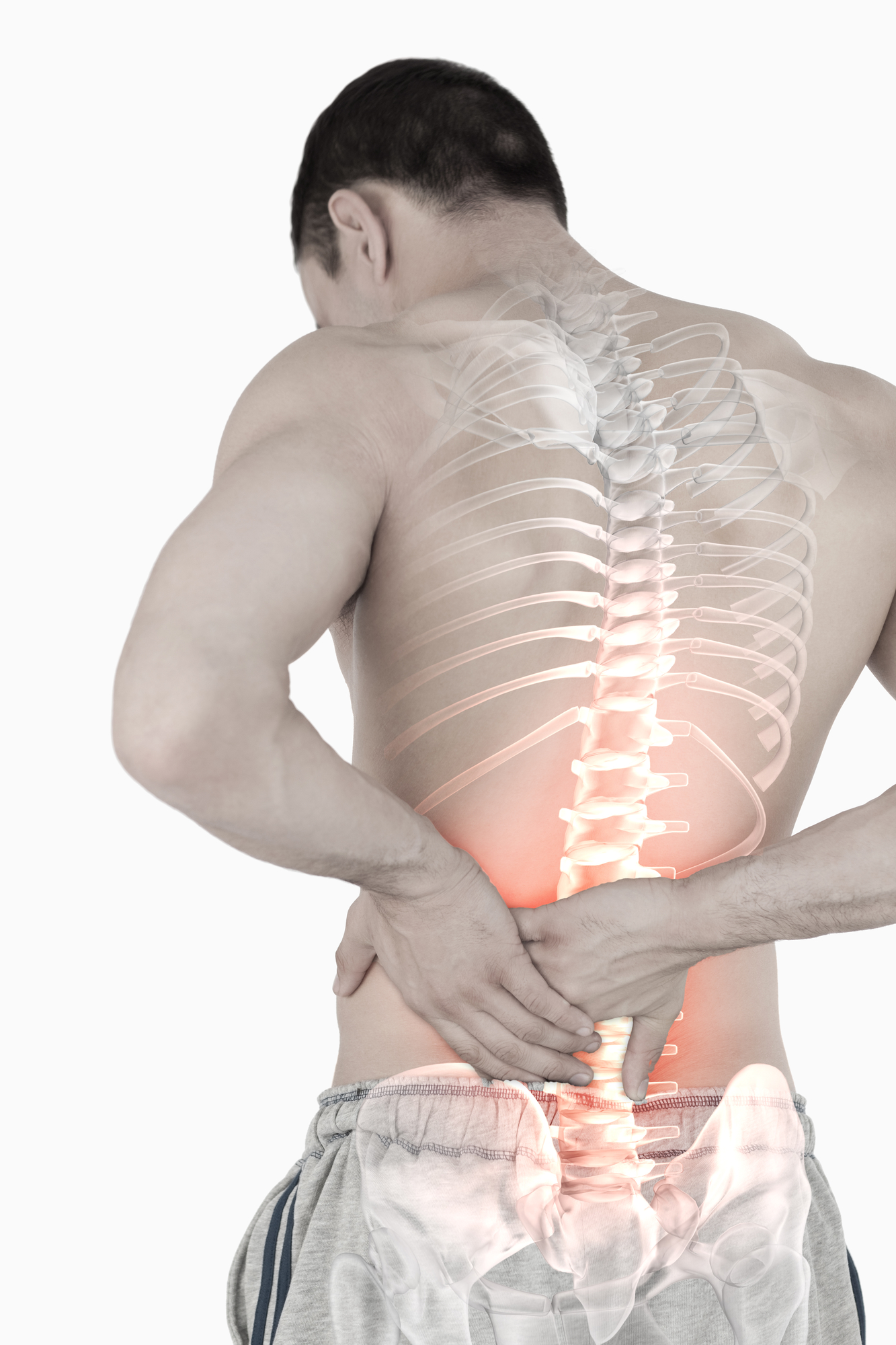
What Benefits Are Available from Workers’ Compensation?
Benefits that an injured employee might receive include:
- Medical treatment
- Temporary disability benefits
- Permanent disability benefits
- Supplemental job displacement benefits
- Death benefits
Eligibility for each benefit is determined by conditions that are specific to that benefit.
Do I Need to File a Claim to Receive Workers’ Compensation Benefits?
Employers are required to provide medical treatment when they become aware that an employee has a job-related injury that requires more than first aid. Even if an employer has agreed that an employee should seek treatment, however, it is important to file a claim.
Filing a claim triggers many important protections. It forces the claims administrator to investigate the claim promptly. If the claim is not denied within 90 days after it is filed, the injury for which the claim is made is presumed to be compensable.
A claims administrator must also pre-authorize up to $10,000 in medical treatment expenses after a claim is filed, and cannot deny approval of reasonable treatment up to that limit unless the claim is denied. Other important protections also begin with filing a claim.
How Do I File a Claim for Workers’ Compensation Benefits?
An employer should give a claim form to an injured employee within one day after learning of the injury. The employee fills out the employee’s section of the form and files it by returning it to the employer.
If the employer does not provide the employee with a claim form, the employee can download one from the Division of Workers’ Compensation website (in one of several languages). The workers’ compensation team at Kneisler & Schondel can also provide injured employees with claim forms.
When Are Employees Eligible for Medical Treatment?
Employers must provide medical treatment to employees if they suffer a work-related injury or health problem that requires more than first aid. For example, a minor cut that can be treated with a disinfectant and a band-aid does not trigger the right to medical treatment. However, employers must provide medical treatment for more serious injuries.
 How Does an Employee Receive Medical Treatment?
How Does an Employee Receive Medical Treatment?
In an emergency, employees should call an ambulance or 911. In other situations, employees should ask their employer where to obtain treatment.
Most employers provide medical treatment by joining a medical provider network. Employees must usually be treated by a physician within that network unless they have pre-designated their own physician (with their physician’s consent) before the injury occurs.
An employer has an obligation to provide treatment as soon as it learns that a job-related injury requires treatment. Employees should always notify a supervisor of workplace accidents immediately. If an employer has designated a specific employee or department who should be notified of workplace injuries, it is best for employees to follow that procedure. However, if an employer learns about an injury from any source, it has an obligation to provide treatment.
What Medical Treatment Must Be Provided?
Employers must usually provide any reasonably required medical, surgical, chiropractic, acupuncture, and hospital treatment, including nursing, medicines, medical and surgical supplies, crutches, and medical devices such as prosthetic and orthotic devices.  However, California law does not usually require employers to pay for more than 24 chiropractic or physical therapy sessions.
However, California law does not usually require employers to pay for more than 24 chiropractic or physical therapy sessions.
Whether a particular treatment recommended by a treating physician is reasonably required is determined by a “medical treatment utilization schedule” adopted by the State of California. When a dispute arises about whether a particular treatment is reasonably required, an employee can ask a qualified medical examiner for an independent opinion.
Employees can also challenge treatment decisions by presenting evidence to a Workers’ Compensation Judge, even if a proposed treatment falls outside the medical treatment utilization schedule. The challenge is more likely to succeed if the proposed treatment has the support of the treating physician. Back to the top.
What Is the Temporary Disability Benefit?
Employees who cannot work because of a work-related injury are entitled to a temporary disability benefit. A benefit is a form of income replacement. Employees who are eligible for the benefit receive two-thirds of their gross pay, subject to a maximum and minimum payment. Since the benefit is not taxed, it often comes close to an employee’s take-home pay.
When Are Employees Eligible for a Temporary Disability Benefit?
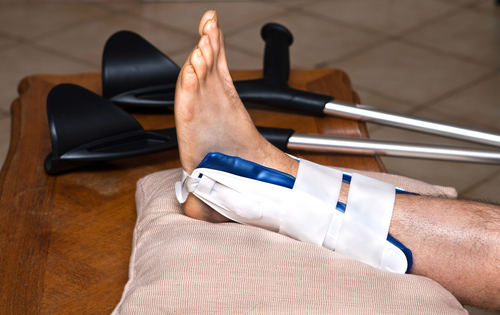 An employee is eligible for a temporary disability benefit when, because of a work-related injury, the employee:
An employee is eligible for a temporary disability benefit when, because of a work-related injury, the employee:
- misses more than three days of work, or
- is hospitalized overnight.
The date of injury is counted in the three day period unless the employee received full wages for working that day.
When Do Temporary Disability Benefits End?
Temporary disability benefits usually end when of the following happens:
- The employee returns (or is capable of returning) to the same work the employee was doing before being injured
- The employee’s injury has reached “maximum medical improvement,” meaning it has probably healed as much as it ever will
- The employee has received temporary disability benefits for 104 weeks (or 240 weeks for certain severe injuries)
In most cases, temporary disability benefits end because employees return to their former jobs. In some cases, they end because the employee has reached maximum medical improvement. It is rare for employees to receive temporary disability benefits for the maximum allowable period because they usually reach maximum medical improvement well before that time.
When Can an Employee Return to Work?
It is up to the treating physician to decide when an employee can safely return to work. Employers are not allowed to insist that an employee return to work before the treating physician authorizes a return to work.
Depending on the nature of an employee’s job, a treating physician might authorize a return to work after an injury fully heals, or might allow an employee to return to work with restrictions while the employee is still in the process of healing. Examples of work restrictions include: “No climbing ladders” and “Employee can lift 20 pounds or less no more than 5 times per hour.”
Employers are required to follow work restrictions if the employee is able to perform work subject to those restrictions. If the employer cannot make work available that is consistent with work restrictions, the employee will not return to work and continues to receive temporary disability benefits until the injury heals or becomes permanent.
An employee who returns to work part-time receives a temporary partial disability benefit. The benefit payment is the difference between the employee’s average weekly wage before the injury and the amount of wages the employee is paid (or is capable of earning) after returning to work part-time.
With only a few exceptions, injury victims are entitled to return to work after their injury heals. It is illegal to fire an employee for sustaining or reporting an injury or for making a claim for workers’ compensation benefits.
What Happens When an Employee Reaches Maximum Medical Improvement?
The treating physician decides that an employee has reached maximum medical improvement (MMI) when, in the physician’s judgment, any impairments caused by the injury are no longer getting better or worse and are unlikely to change substantially within the next year.
When a treating physician decides that the employee has reached MMI, the physician writes a Permanent and Stationary (P&S) report. The P&S report includes a description of each permanent impairment as well as a rating of each impairment according to a standardized system known as “whole person impairment” (WPI).
The P&S report also lists work restrictions that will be required if the employee returns to work and makes a prediction of future health care that the employee will need. Finally, if the impairment had more than one cause, the P&S report apportions the percentage of the impairment that was caused by work and the percentage that was caused by events unrelated to work.
What Happens When an Employee Disagrees with a P&S Report?
Employees (and in most cases, claims administrators) can ask for an independent evaluation of an impairment by a Qualified Medical Evaluator (QME). A QME is generally chosen from a list supplied by the Division of Workers’ Compensation. A QME is typically asked to provide an independent opinion about:
- The extent of the impairment, as measured by the WPI
- Whether the impairment is work-related
- The apportionment between work-related causes and other causes of the impairment
Most disputes that remain after a QME renders an opinion are resolved through negotiation. It is possible, however, to present additional evidence to a workers’ compensation judge to resolve disputes with a P&S report that affect permanent disability benefits.
What Is the Permanent Disability Benefit?
When an injured employee suffers from a permanent impairment as a result of a work-related injury, the impairment typically entitles the employee to a permanent disability benefit. The benefit is intended to compensate an employee for reduced earning ability and for limitations imposed by the impairment.
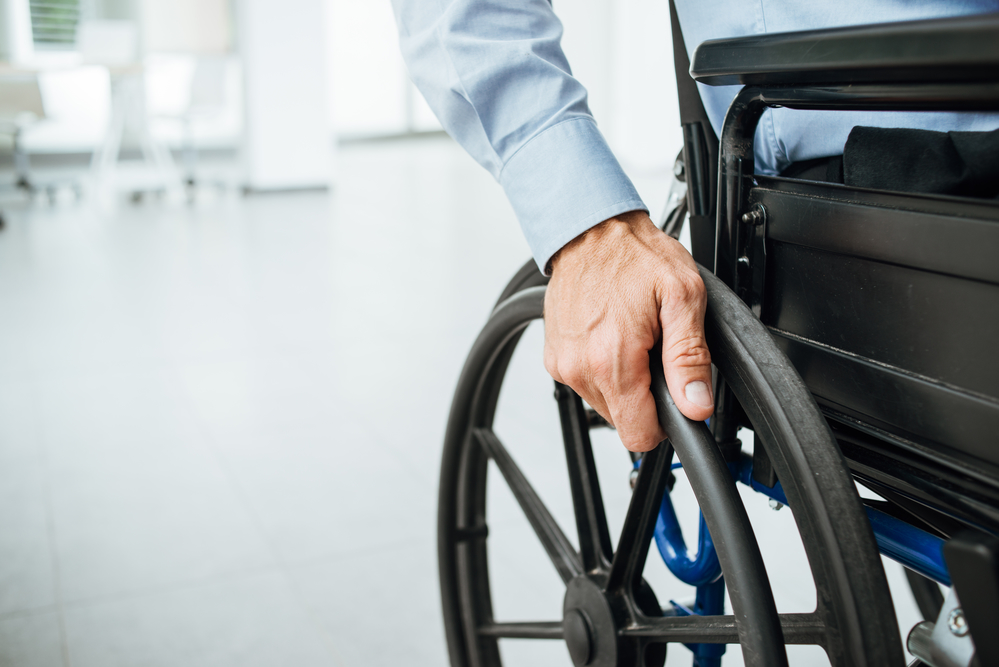 In most cases, a permanent disability benefit is payable when temporary disability benefits end. However, whether the benefit is payable and the amount of the benefit that should be paid are often disputed facts. Disputes are typically resolved through negotiation, sometimes after obtaining the opinion of a QME. Disputes that cannot be resolved through negotiation are decided by a workers’ compensation judge after a hearing.
In most cases, a permanent disability benefit is payable when temporary disability benefits end. However, whether the benefit is payable and the amount of the benefit that should be paid are often disputed facts. Disputes are typically resolved through negotiation, sometimes after obtaining the opinion of a QME. Disputes that cannot be resolved through negotiation are decided by a workers’ compensation judge after a hearing.
How Is a Permanent Disability Benefit Calculated?
Permanent disability benefit calculations are based on three factors:
- The extent of each impairment as rated by the WPI
- The employee’s age
- The nature of the employee’s work
Those factors are combined according to applicable schedules to arrive at a disability rating. The disability rating is then applied to a schedule established by the California legislature to determine the permanent disability benefit.
Can Permanent Disability Benefit Claims Be Settled?
Most claims for permanent disability benefits are settled after negotiation with a claims administrator. Settlements come in two forms:
- Stipulation with request for reward – The employer and the injured employee agree on the facts, and a workers’ compensation judge awards the weekly disability benefit that should be paid based on the stipulated facts. The employer continues to be responsible for providing medical treatment.
- Compromise and release – The employer pays a lump sum settlement and is relieved of the responsibility for providing medical treatment.
Most employees prefer a compromise and release settlement unless they know they will need further treatment. Claims administrators are often willing to negotiate a more favorable settlement for employees who accept a compromise and release so that the insurance company no longer has to pay for medical treatment. A workers’ compensation lawyer at Kneisler & Schondel can help injured employees negotiate a settlement that best meets their needs.
What Are Supplemental Job Displacement Benefits?
An employee receives a supplemental job displacement benefit if the employee has a permanent disability that is work-related and if the employer does not offer work that pays at least 85% of the wage the employee was earning prior to the injury. The benefit consists of a voucher, worth up to $6,000, that can be used for certain educational or job training programs, certain tools and computer equipment, and other expenses that will help the employee find suitable work.
Death benefits are paid to dependents of an employee who dies from a work injury. Spouses who earn less than $30,000 are also regarded as fully dependent.
What Are Death Benefits?
Death benefits are paid to dependents of an employee who dies from a work injury. The amount of a death benefit depends on the number of family members who were fully or partially dependent on the employee at the time the employee was injured.
Minor children are regarded as fully dependent on an employee if they lived with the employee or if the employee was responsible for their support. Spouses who earn less than $30,000 are also regarded as fully dependent. Whether other relatives are dependents, and if so, whether they were fully or partially dependent on the employee, is something that needs to be proved by evidence.
Death benefits range from $250,000 for one totally dependent family member to $320,000 that must be shared by three or more totally dependent family members. When partially dependent relatives enter the mix, distributing death benefits becomes more complicated. A workers’ compensation lawyer at Kneisler & Schondel can help surviving relatives of a deceased employee understand how death benefits work.
MORE QUESTIONS? GET ADVICE FROM A SANTA ROSA WORKERS’ COMPENSATION ATTORNEY
 Having the right lawyer is critical when an injured worker needs to fight for compensation and medical care. Experience, a thorough understanding of the law, and a commitment to the rights of working people are essential attributes in a workers’ compensation attorney.
Having the right lawyer is critical when an injured worker needs to fight for compensation and medical care. Experience, a thorough understanding of the law, and a commitment to the rights of working people are essential attributes in a workers’ compensation attorney.
With more than 20 years of experience, Matthew A. Schondel is Northern California’s “go to” attorney when employees are injured on the job. Attorney Schondel is certified as a Workers’ Compensation specialist by the State Bar of California Board of Legal Specialization.
If you were injured at work, contact worker’s compensation attorney Matthew A. Schondel for a free consultation. Call Kneisler & Schondel at (707) 542-5132.
Free Consultation
Want to know more about your rights to be compensated for a workplace related injury? Contact Kneisler & Schondel now for a free consultation:
Want to print your own copy of the guide?
We’ve created this guide in a downloadable format so you can print this guide and keep it with you if you are on the go. Fill out the form on the right to get your free copy.
